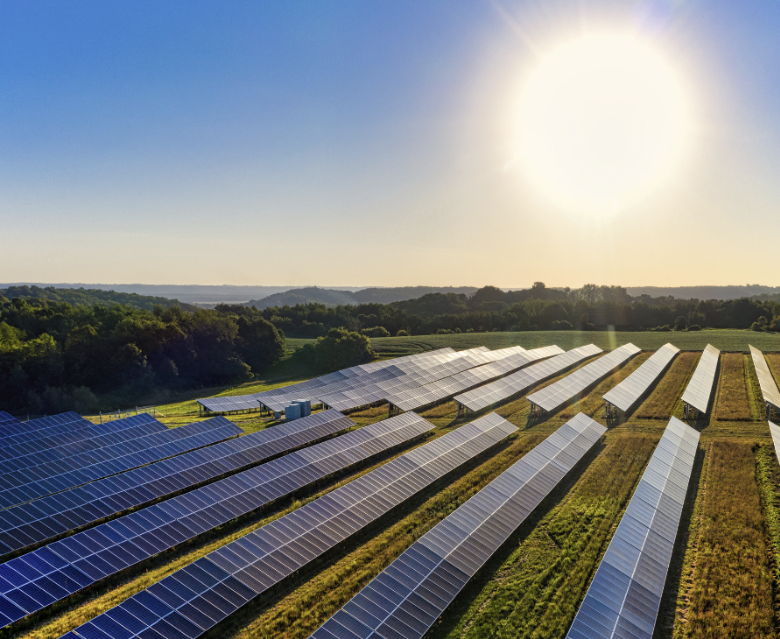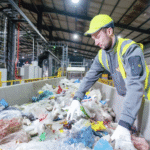Environmental Sustainability: Our Shared Responsibility
Environmental Sustainability: Our Shared Responsibility
Every day, we make choices that affect the world around us. From the food we eat to the way we travel, our actions leave a footprint on the planet. The concept of environmental sustainability is about recognizing that footprint and learning how to live in a way that meets our needs today without compromising the ability of future generations to meet theirs. It is both a challenge and an opportunity—one that affects everyone.
At the heart of sustainability is the question of balance. Human activity has driven remarkable progress, but it has also led to climate change, resource depletion, and widespread pollution. Cities grow, industries expand, and consumption rises, but nature’s resources remain finite. Environmental sustainability asks: how can we keep growing without destroying the very systems that make life possible?
Energy is one of the most pressing areas. The world still relies heavily on fossil fuels, but their costs—both economic and environmental—are mounting. Transitioning to renewable energy sources such as solar, wind, and hydropower is no longer just a dream; it’s a necessity. Countries that have invested heavily in renewables are already seeing benefits in cleaner air, reduced dependence on imports, and job growth in green industries.
Sustainable agriculture is another vital piece of the puzzle. Our food systems are responsible for a large share of greenhouse gas emissions, deforestation, and water use. By promoting practices like crop rotation, organic farming, and reduced food waste, we can nourish people while protecting ecosystems. Urban farming initiatives—rooftop gardens, vertical farms, and community plots—are also helping to bring food production closer to where people live, cutting transport emissions and reconnecting communities with the land.
Waste management is equally critical. Modern lifestyles produce staggering amounts of plastic, electronic, and industrial waste. Recycling and reusing materials can extend the life cycle of products, but sustainability also demands that we rethink consumption itself. Do we really need so much disposable packaging? Could industries design products for durability rather than planned obsolescence? These are the kinds of questions that sustainable thinking pushes us to confront.
Of course, environmental sustainability is not just about technology or policy. It’s about people. Individual choices—riding a bike instead of driving, reducing meat consumption, choosing energy-efficient appliances—add up. But more importantly, when communities come together, change can happen on a larger scale. Grassroots movements around the world have pressured governments to pass climate laws, forced corporations to rethink supply chains, and educated millions about sustainable living.
Still, challenges remain. Climate change continues to accelerate, biodiversity is shrinking, and global consumption patterns are far from sustainable. The transition requires not only innovation and policy but also fairness. Developing countries often bear the heaviest burdens of climate change while contributing the least to its causes. A truly sustainable future must be a just one, where resources and responsibilities are shared equitably.
In the end, environmental sustainability is not a single project with a deadline—it’s an ongoing commitment. It calls on us to see the connections between our daily lives and the health of the planet, to think long-term in a world that often prizes the short-term. If we can make sustainability part of our culture, our economies, and our everyday choices, we won’t just preserve the Earth—we’ll create a better quality of life for everyone.
Yunbo Zhu


